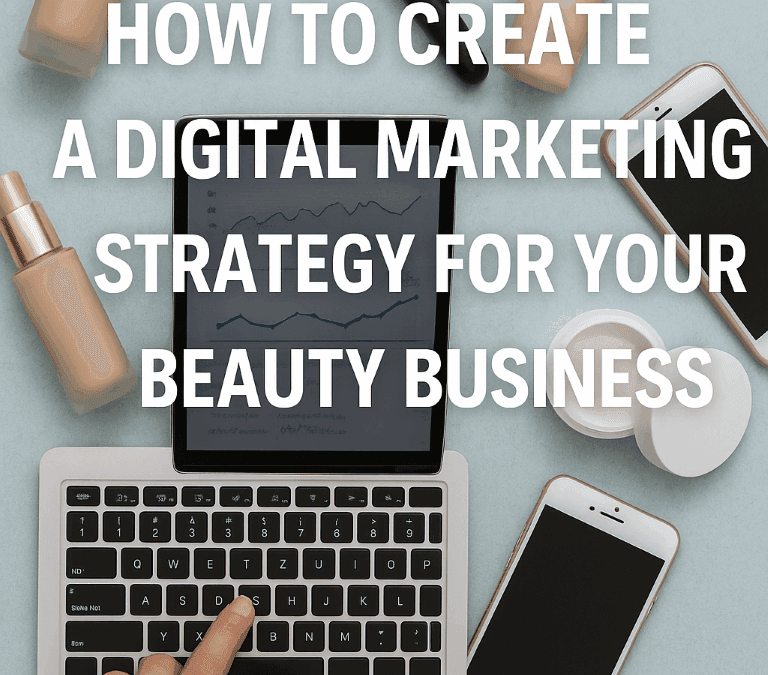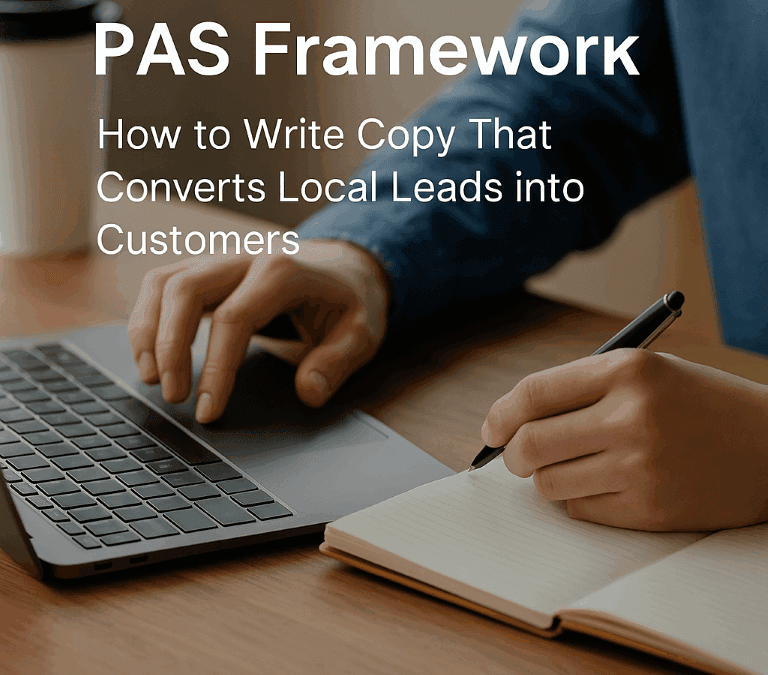Whether you’re preparing your projected plans for investors, changing your business model, launching new products or services or entering new markets, hopefully, you’re now pretty familiar with getting started on your marketing strategy.
In our Ultimate Marketing Strategy series, we’ve explored the various elements of brainstorming, researching and information-gathering you need to do and collate to create the best possible marketing strategy to achieve business growth and success.
So far, we’ve analysed and provided the need-to-know information on producing your Executive Summary, Market Research, Target Market, Competitor Research, Unique Selling Points (USPs), Positioning and Pricing, Promotion and Distribution, and your Marketing Budget.
Adopting an agile outlook in your approach to developing your marketing strategy will ensure you’re able to assess, hone and improve on an ongoing basis. A marketing plan is always a work in progress and as you move through this process, you’ll find you’ll need to adjust and tweak your strategy as you discover what works and what doesn’t. Our Ultimate Marketing Strategy template is your guide, bringing you flexibility, reassurance and success as you put each step of the strategy into practice.
What are Marketing Goals and Conversions?
Part 9 of our marketing strategy template defines and details what you’re hoping to achieve from your marketing efforts and the benchmarks you’ll set to measure this success against. Typically made alongside your business plan, a brand’s marketing goals should align with the goals of your overall business.
The marketing goals of a business are often to:
- Raise brand awareness
Awareness is likely to be a key goal of your marketing department. Increasing the awareness of your brand to your prospective customers will ensure they come to you when they have a problem that you’re able to solve.
Once a customer is aware of your brand, they will then look into your overall offering and unique selling points (USPs). If they are happy with your product and/or service, they are far more likely to recommend it to their friends, family and professional network.
- Generate quality leads
Achieving a steady stream of quality leads is key to maximising your resources and conversions. You can gather data from collecting information from your website by driving traffic to relevant content, social media or virtual event collaborations.
- Develop two-way communication with consumers and customers
Utilising digital marketing platforms with sharing and commenting functions such as social media, website content comments and search engine reviews encourage interactions from your target audiences. You’re able to answer questions, queries, embrace positive feedback, apologise for any customer service issues, and overall, develop conversations and engagement with consumers and customers.
- Build trust, credibility and reliability with consumers
By developing this two-way communication, you’ll soon build a rapport with your target audiences. You’ll be able to increase brand recognition, trust, credibility and reliability with your prospective consumers and existing customers.
Deliver a regular stream of relevant content, hold a virtual event or create a weekly podcast and measure, seek feedback and gather insights into how your audiences are growing and interacting with your brand.
- Promote products and services
Existing customers or those consumers that love your brand are a core component of your growth strategy. Updating your customer and fan base on your complete offering is often something businesses struggle to do. With sufficient and up to date sales data, you can deploy technologies and software automation to support your outreach marketing strategy, which lets your target audiences know about your latest products and services.
Regularly communicate with your target audiences to achieve fans and loyal brand advocates and maximise sales and profit. Make sure your internal communication efforts are vital, as it’s crucial your teams understand your business goals and messaging.
What Is a Conversion Strategy?
A business’s conversion strategy is the techniques it uses to turn (convert) potential customers into actual customers. It refers to converting a potential customer into a paying customer, but it is also about converting micro-behaviours too. For example, moving a person along the sales funnel from liking your Instagram post to subscribing to your weekly newsletter, or downloading your ebook and setting up a consultation call — these are the little conversions that lead to your goal conversions (the goal being to make a sale).
In short, it’s about getting people to take a specific action. These actions are invaluable to the business because they move people along your sales funnel, making sales and generating profit.
How Do You Convert Potential Customers Into Paying Customers?
There are many different strategies that businesses use to convert customers. We’ll take a look at some of the most popular and proven techniques.
Set The Tone For Conversion
First, it’s vital to set the conditions for conversion. To do this, you need to set up your customer-facing touchpoints. Touchpoints refer to how your business interacts with your customers in a way that will increase conversion. Popular touchpoints include websites, social media accounts, magazine articles, brochures, business cards, networking, events and any physical stores or signage.
Building the foundations of your marketing conversions revolves around communication. So how can you maximise the effectiveness of this communication?
- Be Authentic
Trust is very important in marketing. If your customers trust you, they’re more likely to buy from you. Whether you’re trying to get your audience to sign-up to your newsletter or visit your shop, use honest language at every point of conversion.
Avoid making bold claims that you cannot back up with evidence such as statistics, case studies or reviews. Customer testimonials are an effective way to build authenticity and trust. Make sure they’re visible on websites, social media channels and marketing materials.
The more customers who endorse your product, the more brand recognition and trust you’ll receive. No wonder influencer marketing is so popular with marketers.
- Be Authoritative
It’s also important to show your customers that you’re also an authority and thought-leader within your niche, specialism or sector.
If you sell beds, for example, customers aren’t so much interested in the bed itself but more the good night’s sleep that it’ll provide. You can support this by showcasing a thorough understanding of sleep science and how your product facilitates good sleep.
You’re giving your customers a reason to buy your product, explaining why its important and what valuable benfits it offers them. Describe the product/business thoroughly so that the customer is comfortable with you and understands your brand’s value.
- Captivate and Grab Attention
When you create a point of conversion, you will use a call to action to let the reader or listener know that you’d like them to act. Make it as clear as possible on your marketing materials so your potential consumers don’t miss the cue. It also needs to be as simple as possible so potential consumers aren’t put off from taking your call to action.
Work each of the above sentiments into your communication when you create your conversion points.
Conversion Strategy: A Step-By-Step Process
There are many conversion strategies available and the one/s that works best will vary from business to business. Examples of conversion strategies include discounts, giveaways/competitions, email subscriptions, newsletters and targeted advertising.
The purpose of these conversion strategies is to give your target audiences a reason to take action. Why you? Why this action? Why this product? Why now?
Step 1: Know Your Sales Funnel
Your sales funnel is the journey your customer takes from the first encounter with your business to their purchase (and the factors involved that encourage them to come back to make further purchases).
The sales funnel will differ depending on whether you’re mapping it for a bricks-and-mortar shop, your social media account, your website or your virtual networking event. Create a map for each of the channels that will contribute to your sales.
Let’s look at an example. You’ve got a stand at an event selling your artificial intelligence (AI) software solution.
The first step in your sales funnel is attracting people to your stand. You need to find a conversion strategy to do this. Hand out a 10% discount card to entice them to visit your stand to see your AI products and services (remember to be captivating, authoritative, and authentic).
They’ve arrived at your stand so now you want them to buy your solution. This is the second step in the sales funnel. Now you need a conversion technique. You’ve offered them your 10% discount and they’re at least interested or intrigued because they’re at your stand. A new conversion technique may be to show them a demo of the solution at the stand, which emphasises its applications, benefits and USPs (remember selling is about offering a solution).
You’ll need to map these conversion techniques out for each of your sales funnels. For example, if you’re running a website, step 1 might be to make people aware of your site via ads and step 2 could be asking them to sign up to your email list.
At each point in the sales funnel, use the three rules above: be authoritative, be authentic and be captivating and grab attention. Also use a voice, style and tone that appeals to your target audience.
Step 2: Target Your Leads
To get the most out of conversion, you need to target people who are in the market to buy your product or service, otherwise known as your target audience. If you’re too broad in your approach, you’re likely to target too many people who will not convert. Not only can this leave you feeling despondent, but it also a uses up a significant amount of time and resources.
Make sure you know who you are targeting. Using our AI solution example, you’ll need to analyse and research those companies that utilise AI in their businesses to provide value for their customers. Through market research, competitor research and understanding your target audience, you may find that companies in London in the information technology industry with a turnover of £10 million are best geared to purchase your AI solution.
Again, you need to brainstorm. You are the one who knows your product and who understands your target audience and their behaviours. As with all things in marketing, there is an element of trial and error. You are testing and tweaking all the time to see what works and what doesn’t.
For instance, you might find that the AI solution yields greater results if you specifically target the directors in IT companies with 100 employees, or that your online marketing works best when targeted to companies with a higher or lower turnover.
Create spreadsheets and tracking methods to keep up to date records of different variables and your target audiences’ needs so you can truly hone in on your highest quality customers.
Step 3: Make Your Offers Too Good To Miss
You’re enticing your potential customers to take the next step, so your offers must appeal to them. Make it abundantly clear that you’re offering a discount or promotion and emphasise why it’s too good to miss.
The exact nature of the offer will differ depending on your product or service. Always answer the customer’s question, “Why should I buy this product/click this button?” and do it in a persuasive tone. You aren’t trying to go for the hard sell — none of us like that. You’re trying to be compelling, not pushy.
It’s all about positioning your product or service to showcase how it benefits your customer. If it isn’t of value to them, you either have the wrong product/service or the wrong audience.
Step 4: Track and Measure
Next, you need to gauge how well each conversion is working.
For example, with our AI stand example and 10% discount cards, use numbered cards (e.g. 1 to 1000). As the event draws to a close, count up how many cards you gave out (e.g. 1000) then compare this to the number of sales you made of your solution at the 10% discount (e.g. 100). You’ve then got the conversion rate of this conversion strategy: 10%.
You could also track the sign-up numbers you receive for your email subscription. Tracking your conversions online is easy. Companies like Google and WordPress have conversion tracking tools. You simply add a code where appropriate on your site and it will keep track of measurement metrics like click-throughs and sign-ups.
Summary
You’re now ready to implement your marketing goals and conversion strategy.
Setting your marketing goals and applying them to every element of your business is crucial to assigning your marketing resources effectively and setting your business up for growth and success.
Your conversion strategy is all about getting your target audiences to move through your sales funnel from the point of first contact to the point of sale. You must break down the customer journey and find the points of contact that allow you to create conversion actions. Then focus on making this conversion enticing so your target audience wants to reach the next stage in the funnel.
Creating conversion strategies involves a lot of brainstorming into new and innovative ideas that will capture people’s attention in a way that is unique and specific to your product or service. It’s all about testing and tweaking.
What Next?
You’ve almost completed our Ultimate Marketing Strategy series and you’ll soon have your comprehensive marketing strategy in front of you, your team and your investors.
Check out the rest of our Ultimate Marketing Strategy series for guidance, insights and tips:
- Part 1: Executive Summary
- Part 2: Market Research
- Part 3: Target Market
- Part 4: Competitor Research
- Part 5: Unique Selling Points (USPs)
- Part 6: Positioning and Pricing
- Part 7: Marketing Promotion and Distribution
- Part 8: Budget: Offers and Giveaways
- Part 9: Marketing Goals and Conversions
- Part 10: Marketing Metrics: Measuring, Modifying and Monitoring
Make Your Mark. Find Your Roar!
Setting your marketing goals is key to achieving your overall business growth goals. If you’d like a second pair of eyes, ears and objective expertise in understanding how to achieve your marketing goals and setting your conversion strategies, contact us today.





0 Comments